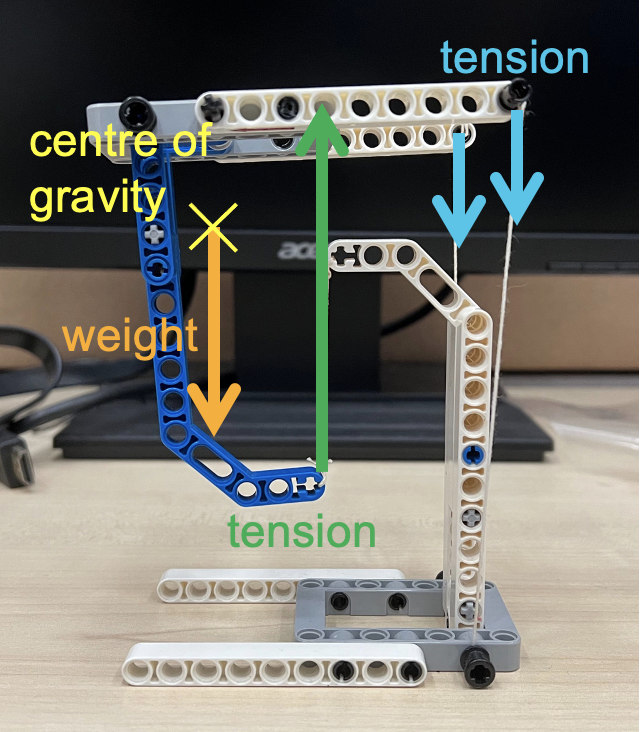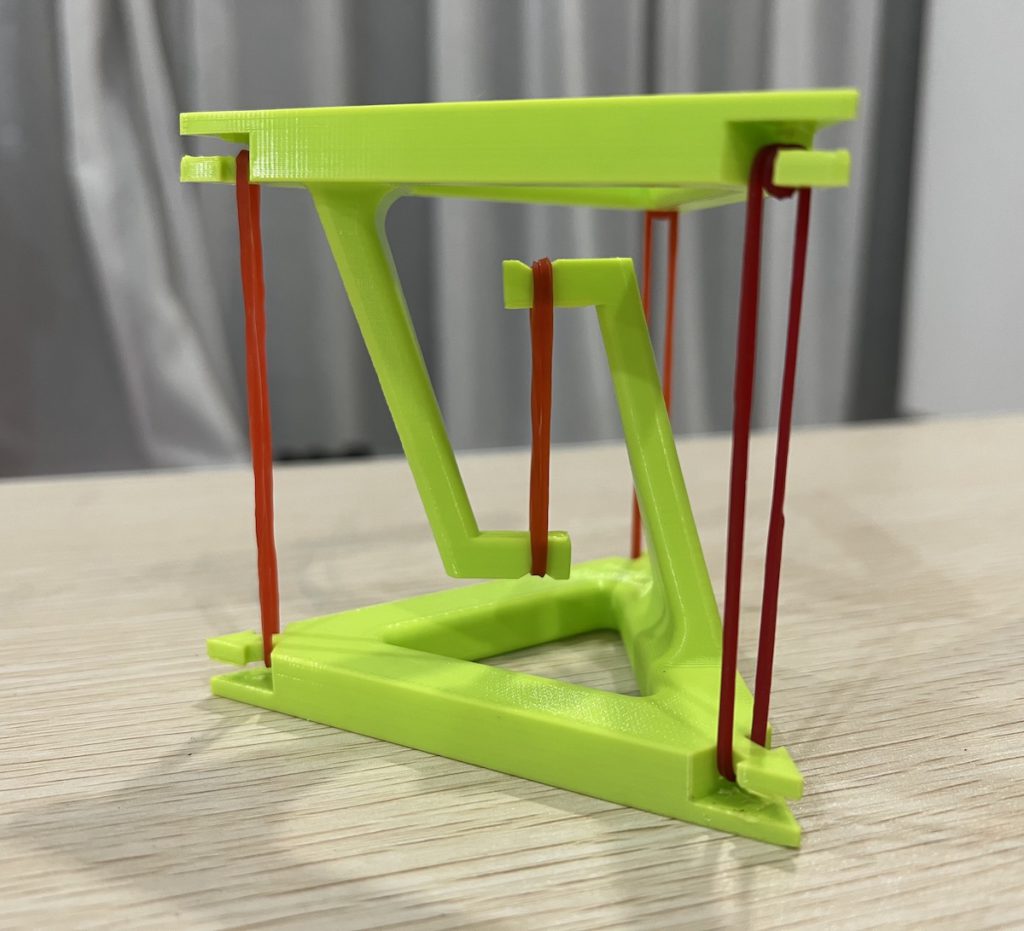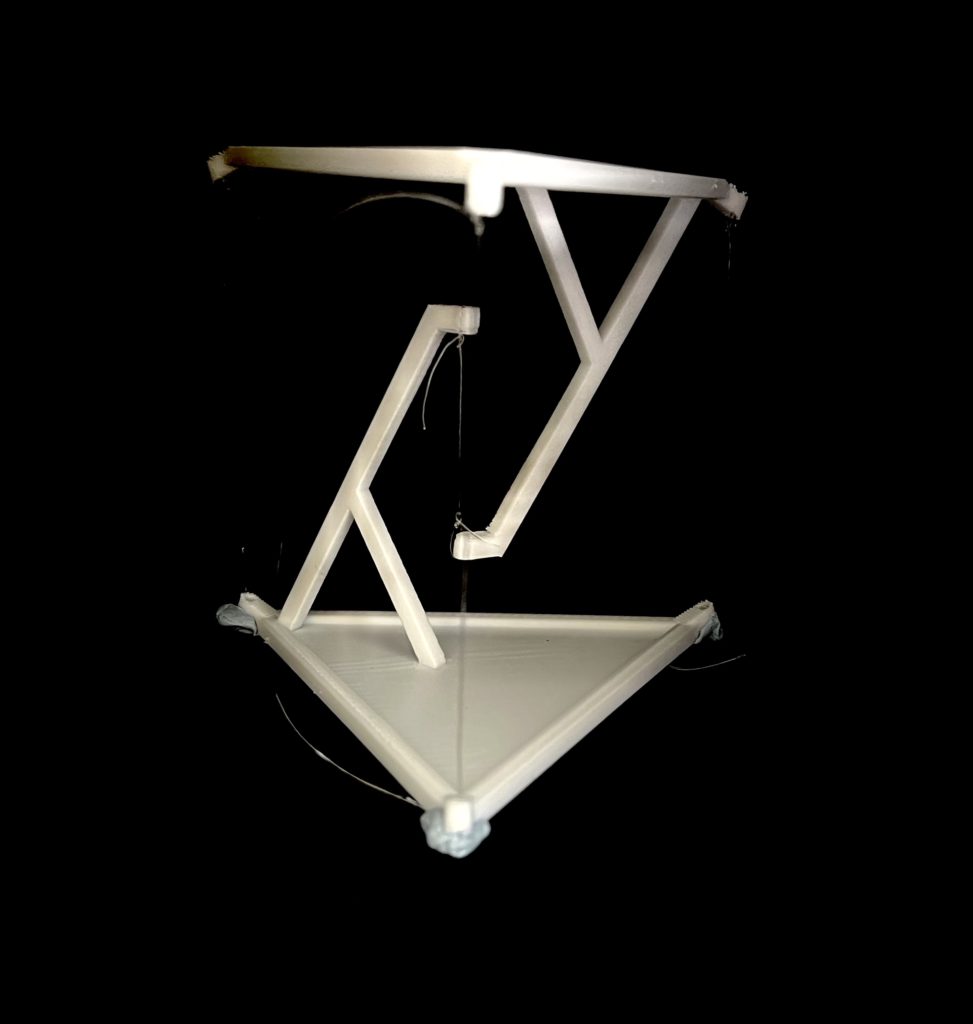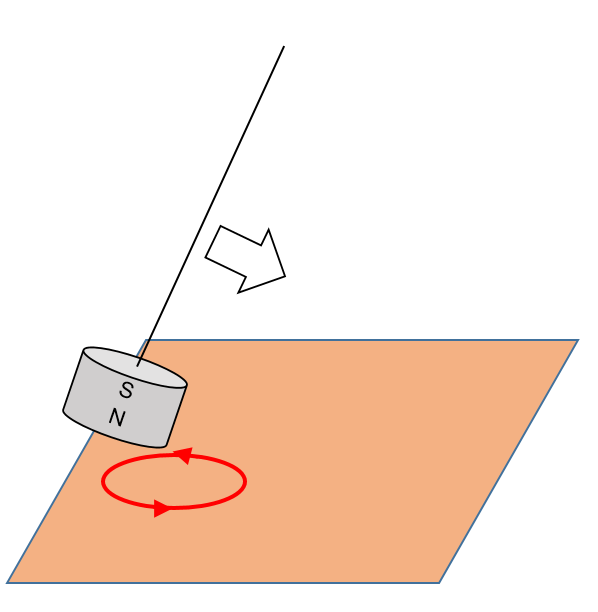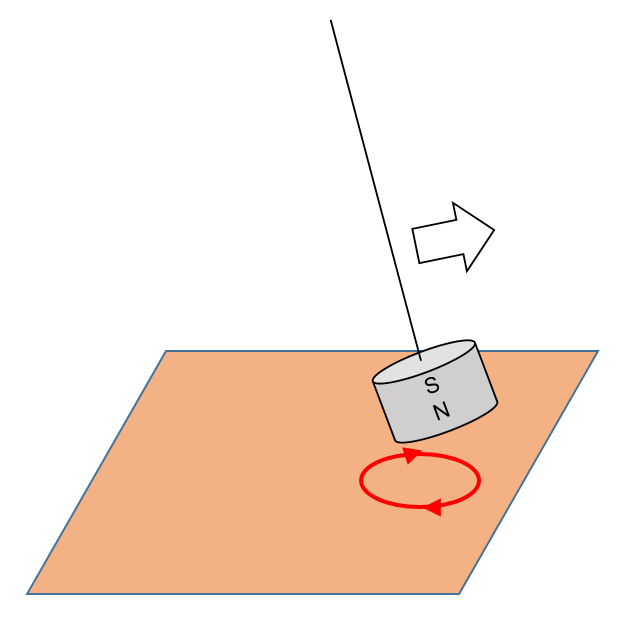This week, I conducted a lesson on motion for my IP3 class using a simple yet effective tool: a simulated ticker tape timer. The objective was to help students develop an intuitive understanding of uniform and non-uniform motion by actively engaging in an experiment.
Introduction to the Ticker Tape Timer
To kickstart the lesson, I showed my students a YouTube video that explains how a ticker tape timer works:
This video provided a visual demonstration of how a ticker tape timer marks regular intervals on a moving strip of paper, allowing us to analyze motion quantitatively.
Hands-On Experiment: Simulating a Ticker Tape Timer
After the video, I had students pair up for a hands-on activity. Instead of using an actual ticker tape timer, we simulated the process using paper strips cut from A3-sized sheets. Each pair had one student act as the “moving arm,” responsible for placing dots on the strip, while the other played the role of the “puller,” responsible for pulling the paper strip at different speeds.
To ensure a consistent time interval between each dot, I used a Metronome App that I created:
This app produces a steady rhythm at 120 beats per minute, meaning that the interval between each beep (and consequently each dot) is 0.5 seconds. To improve accuracy, the student acting as the moving arm was instructed to close their eyes and focus solely on the beep.
Step 1: Recording Uniform Motion
In the first trial, the puller was asked to pull the paper at a constant rate. As the paper moved steadily, the moving arm marked dots at regular intervals based on the metronome beat. After completing the trial, students used a ruler to measure the distances between successive dots. Since the time interval was fixed, they could easily calculate the speed of the paper by using:
Step 2: Recording Accelerated Motion
Next, the students switched roles. This time, the new puller was asked to gradually increase the speed of the paper. As expected, the spacing between dots increased progressively, providing a clear visual representation of acceleration. This led to discussions on how motion can be analyzed using dot patterns and how acceleration differs from uniform motion.
Reflections and Key Takeaways
This activity was highly effective in reinforcing key motion concepts. Since we do not have an actual ticker tape machine, it allowed students to engage in a hands-on simulation while visually and physically experience motion rather than just reading about it.
Next Steps
To extend this lesson, I plan to introduce velocity-time graphs and have students plot their measured speeds to analyze changes in motion further. Additionally, incorporating digital tools like video analysis with Tracker software could help reinforce these concepts further.
If you have any feedback or suggestions, feel free to share them in the comments below!

